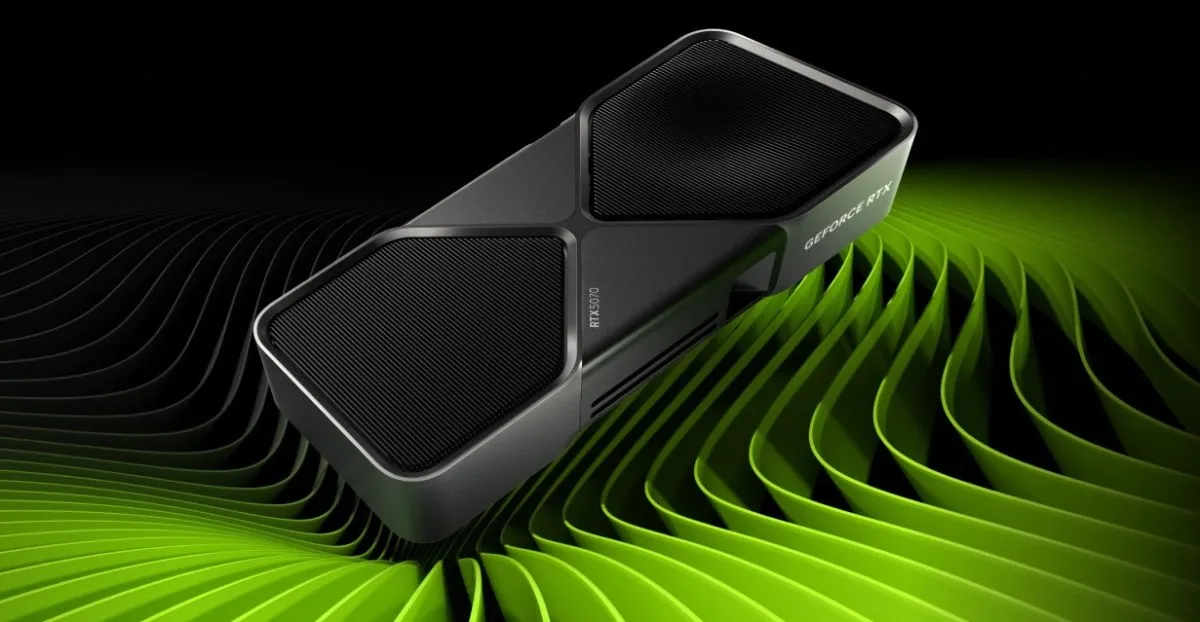
In the ever-evolving world of Nvidia graphics cards, the most significant development often revolves around availability. As of late, Nvidia has been making headlines by promoting its upcoming RTX 5070 graphics card, claiming it can deliver performance on par with the RTX 4090 for a price of just $549. However, in a surprising twist, Nvidia has announced a delay in the launch of the RTX 5070, pushing it from February to March 5th, as revealed on its product page today.
Despite the delay of the RTX 5070, Nvidia is poised to ship its more advanced $749 RTX 5070 Ti ahead of its competitor's event. This release is scheduled for February 20th, just a week from today, providing Nvidia with a strategic advantage in the graphics card market.
On the other side of the graphics card arena, AMD is gearing up for its own counter-move. On February 28th, AMD will host a streaming event to unveil the Radeon RX 9070 and 9070 XT. This announcement presents AMD with an opportunity to intercept Nvidia's advances, particularly by potentially leveraging competitive pricing strategies. While AMD has indicated that it won't be competing directly with Nvidia's latest high-end cards, pricing remains a crucial tactic in attracting consumers.
Amid the buzz surrounding the AMD Radeon 9070 series, rumors have surfaced about a more potent card in the works. Speculation suggests AMD may be developing a card equipped with 32GB of RAM, surpassing the specifications of its already-announced RX 9070 and 9070 XT models. However, AMD's gaming marketing boss, Frank Azor, has confirmed that the 9070 XT will not feature 32GB, leaving the larger rumor unaddressed.
As the competition intensifies, Nvidia's financial prowess becomes a significant factor. The company, capable of generating $20 billion in pure profit in a single quarter, possesses the resources to adjust its pricing strategies if necessary. With the additional time provided by the RTX 5070's launch delay, Nvidia has more flexibility to counter any pricing maneuvers AMD might implement.
In conclusion, the coming weeks promise to be pivotal in the graphics card industry, with both Nvidia and AMD making strategic plays to capture the market's attention. Whether it's through innovative technology, pricing tactics, or product availability, the battle for dominance continues to evolve.